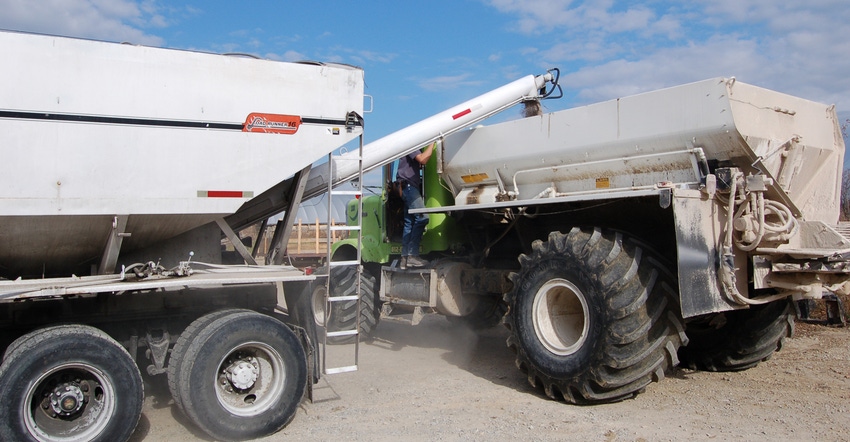September 5, 2018

How late can I go seeding cereal rye after corn for fields going to soybeans in 2019? What risks increase and what do I forfeit if the cover crop doesn’t go in until November? If it’s that late, should I just not sow it?
The Indiana certified crop advisers answering this question include Betsy Bower, Ceres Solutions Cooperative, Lafayette; Steve Gauck, Beck’s sales agronomist, Greensburg; and Dan Ritter, agronomist with Dairyland Seed, Wabash.
Bower: You can seed cereal rye rather late. Since it’s a cool-season grass, it will germinate and grow at cool temperatures. I’ve seen it planted around Thanksgiving and germinate during a warm spell in January. Is it necessarily recommended to plant that late? No, but you certainly could plant until mid- to late November.
Even if you get just a couple leaves emerged, you would be amazed at the soil erosion that could still be prevented, especially if seeding at rather high rates of 60 to 90 pounds per acre. If seeding late, I would recommend seeding at a higher rate if soil erosion is a concern.
What you risk or forfeit seeding late is that cereal rye will not grow fast, and you won’t see the most benefit from seeding a cover crop. If you’re using cost-share funds from the Natural Resources Conservation Service and soil and water conservation districts, you may forfeit contract dollars by seeding that late. If a goal is to help capture nitrogen that may have been unused in the corn crop or to reduce leaching from a manure application, seeding late will not allow you to capture all that you could capture by seeding earlier.
If you’re using cover crops to compete with weeds, you may not get enough cover quick enough with winter annual weeds that germinate in the spring. You can apply dicamba in the fall to control winter annual weeds such as marestail, but competitive advantage from the cover crop to help with spring-emerged weeds will be limited.
If the forecast for November is still warm for a few weeks, go ahead and seed. Even if you don’t get full benefits by planting late, you’ll start your journey on improved soil health just by having another crop other than corn or soybeans.
Gauck: If you’re in a situation where cover crops are going to be planted late, cereal rye is one of your best options. We’ve seen success planting into late November in southern Indiana. Cereal rye can grow and thrive in colder soils, much like wheat. It will germinate and grow until soils reach around 34 degrees F and will start again in the spring when temperatures get above about 38 degrees F.
Planting late may not yield much top growth in the fall, but root growth will continue until the ground freezes. Next spring top growth of the cover crop can catch up. Don’t judge success of your cover crops on top growth. Roots are what we need most.
Ritter: Rye is one of the hardiest of all cereal grains. Germination and growth can occur at rather low temperatures. If needed, you could plant as late as early November and have success. As always, weather extremes can cause problems. I know growers who have planted then and had a good cover crop in spring. Planting that late sacrifices some benefits of an actively growing cover in the fall. Remember, we aren’t looking for a thick stand like for grain production.
You May Also Like




